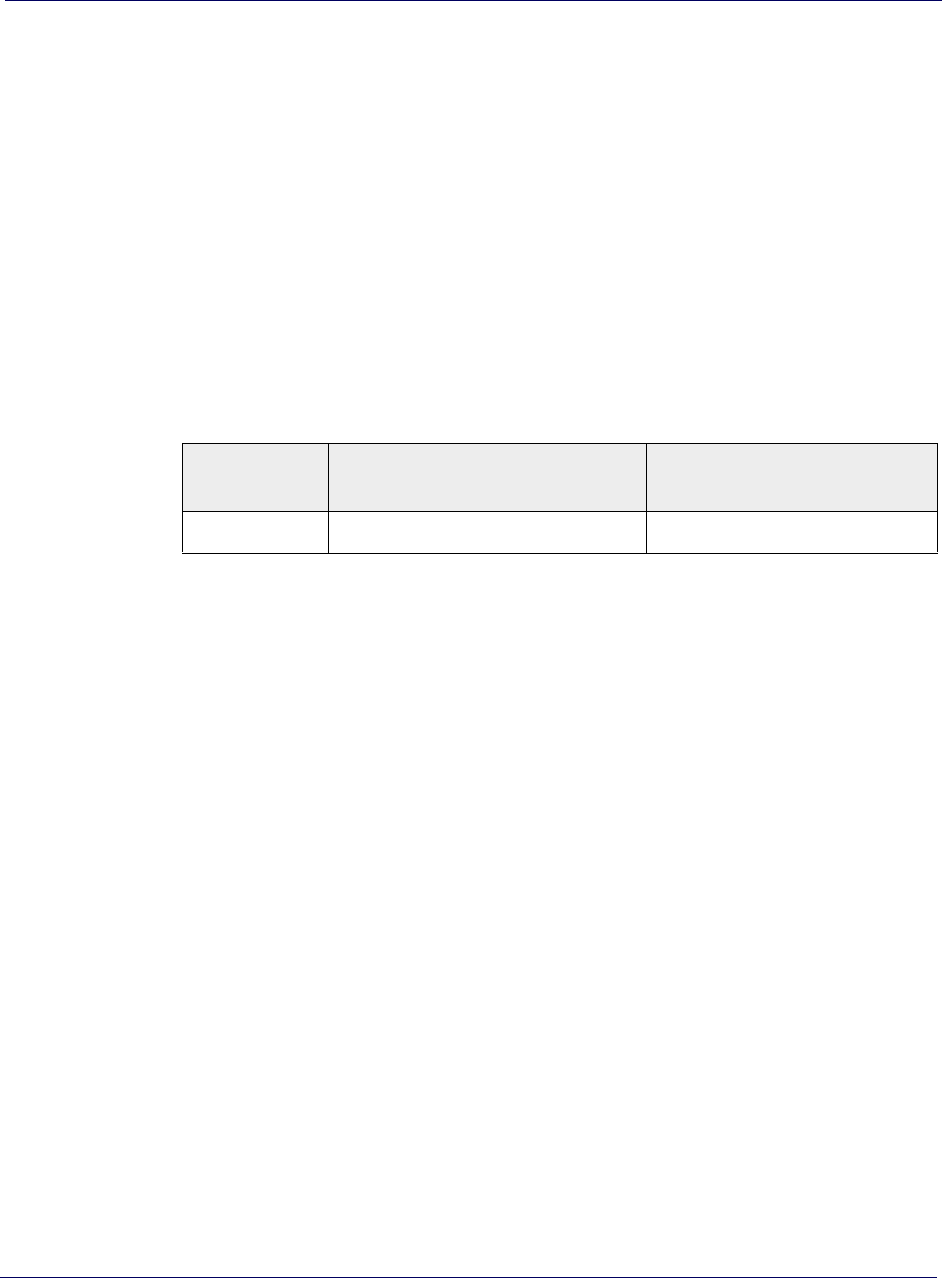User Guide
Table Of Contents
- Contents
- List of figures
- List of tables
- New in this release
- About this document
- Introduction
- Getting Started
- Configuring the S1000C Router
- Using the S1000C
- Troubleshooting
- Troubleshooting installation problems
- Resetting the S1000C
- LED quick reference
- Router connection problems
- Using LEDs
- FAQs
- Why does the S1000C need a GPS antenna?
- Why does the S1000C need an external GPS antenna?
- What should I do if the GPS fails to acquire a lock?
- What happens to the S1000C if there is a power outage or if you lose Internet access?
- Can you move the S1000C to another location?
- I have a DSL modem and cannot connect to the Internet
- My calls work fine outside but drop indoors
- My Internet connection is slow when my laptop is connected to the S1000C
- Getting help
- Safety information

Chapter 4 Using the S1000C
4-2 913114 1.5.01 August 2016
DR
AFT
Broadband connection
The S1000C connects to an Operator’s network
through a broadband Internet
connection.
Connection speed
The S1000C’s actual transmission speed is only as fast as the maximum broadband
connection speed. Internet congestion, the number of users on the provider’s network,
and other factors can decrease the actual broadband connection speed. Individual
bandwidth needs vary per customer. CommScope recommends a minimum of 3 Mbps
downstream and 1.8 Mbps upstream for data services.
The following table shows recommended bandwidth by usage type:
Usage Type
Recommended Download
Speed
Recommended Upload
Speed
Wireless Data Up to 3 Mbps per session Up to 1.0 Mbps per session
eCSFB
Circuit Switched Fallback (CSFB) enables circuit switched voice
and SMS services to
be delivered to dual radio Long Term Evolution (LTE) devices such as the S1000.
Because the S1000 cannot process the 3G traffic internally, it switches the traffic
(“falls back”) to the 3G network running on the internal CMDA cFAP device.
In this release, the cFAP used is the C45
00 (CDMA). The cFAP does not require
special configuration; the ability to discover and employ the services of the cFAP is
enabled by default.
Refer to the Airvana Small Cell Deployment
Guide (913111) to learn more about the
eCSFB feature.
Discovery and data exchange
Figure 4-1 shows the internal layout of the S1000C. Da
ta and voice traffic from the
backhaul passes through a switch and into the W
AN port of the S1000 board. Data
traffic is handled by the 4G capabilities of the S1000 board. Voice traffic is routed to
the LAN port of the cFAP board to be processed on the 3G network.










